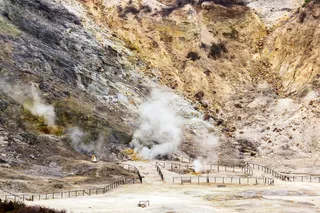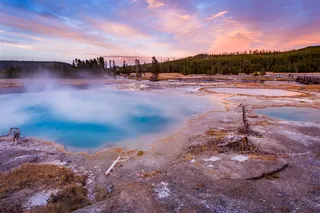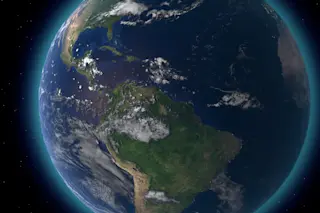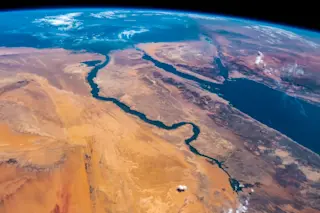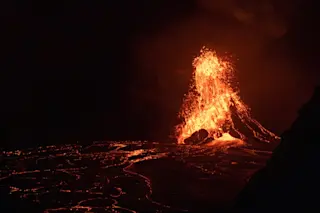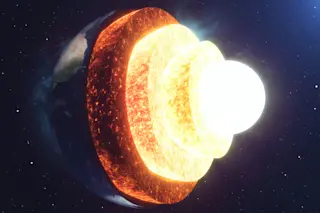Volcanism at Mexico's Popocatépetl is highly punctuated, especially during its current level of activity where domes of lava grow in the summit crater. These domes occasionally collapse or are destroyed by explosions that can lessen the pressure on the magma beneath to create an even larger explosion. This is akin to popping the top off a shaken bottle of soda -- the dissolved bubbles come out of solution rapidly as the pressure is released and you get an explosion of soda. Today, Popocatépetl had one of those explosions, and thanks to the beautiful weather in Mexico and some nice placement of webcams surrounding the volcano, the explosion was caught on some pretty amazing webcam footage compiled by webcamsdemexico (see above). The video is short, only 30 second long, but after the first few seconds of calm, the explosion occurs, sending a dark grey plume into the atmosphere above the volcano. ...
Watch the Shockwave of an Explosion at Mexico's Popocatépetl
Witness the Popocatépetl explosion, captured in stunning webcam footage, showcasing volcanic ash and tephra shooting into the sky.
More on Discover
Stay Curious
SubscribeTo The Magazine
Save up to 40% off the cover price when you subscribe to Discover magazine.
Subscribe



